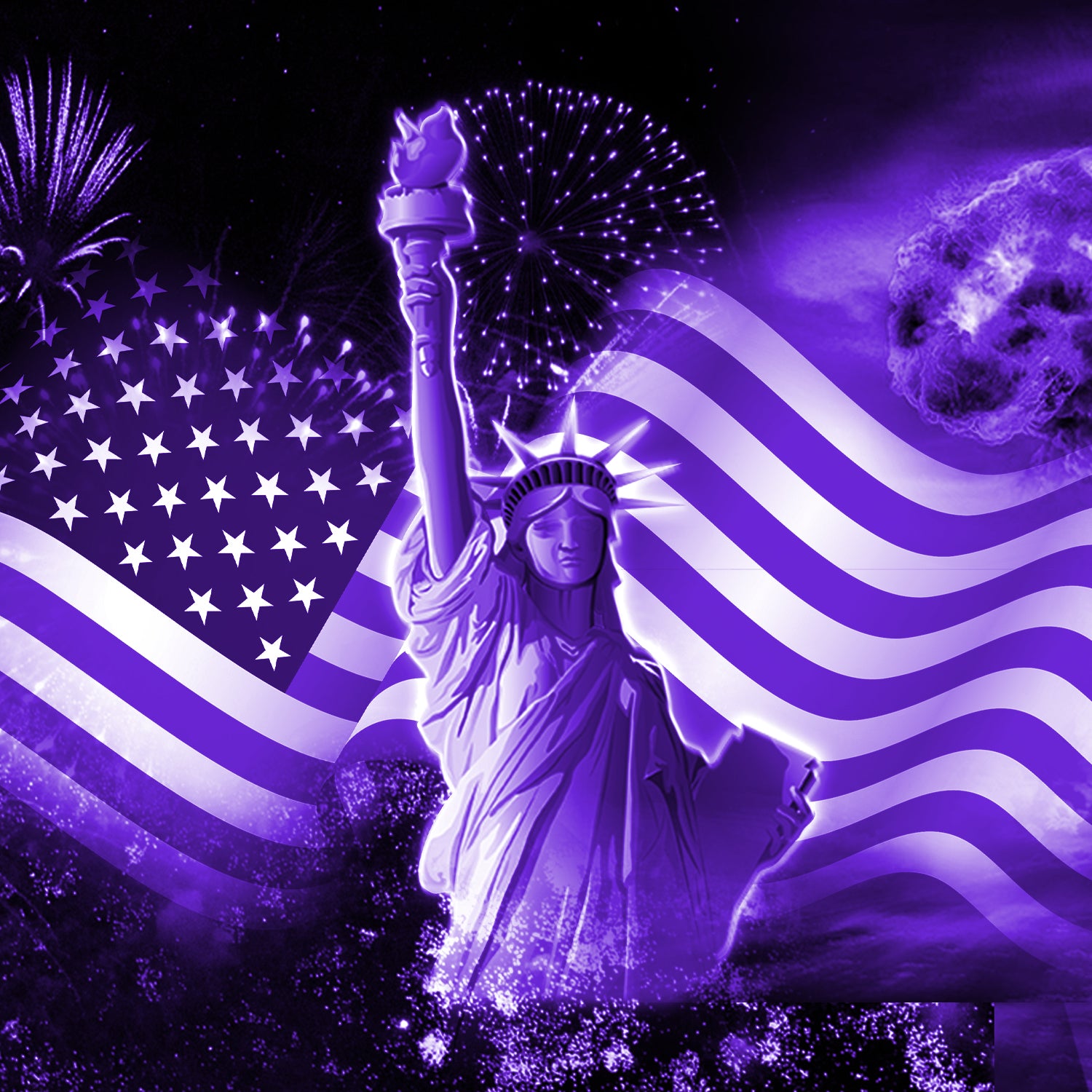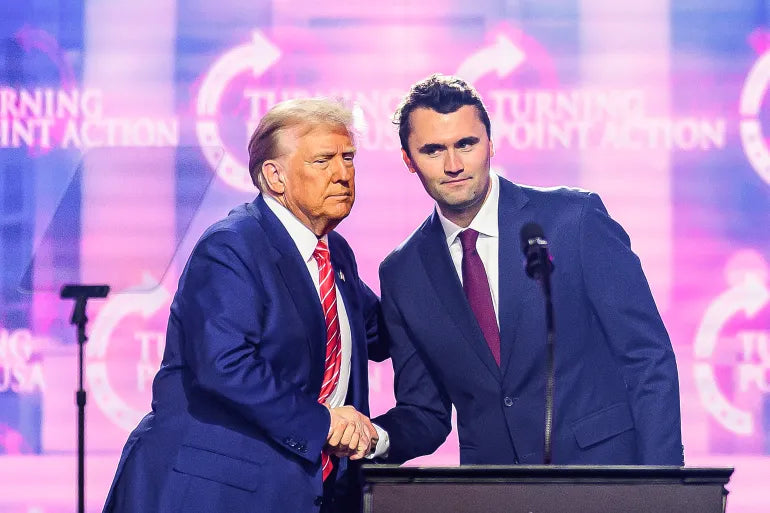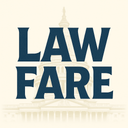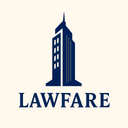In the wake of conservative firebrand Charlie Kirk’s shocking assassination on September 10, 2025, at Utah Valley University, the pursuit of justice has taken a chilling turn. Kirk, the 30-year-old founder of Turning Point USA and a vocal ally of President Trump, was gunned down mid-speech before a crowd of 3,000 students, his death sending ripples through America’s political landscape.
The suspect, 22-year-old former UVU student Tyler James Robinson, was arrested just 33 hours later and charged with aggravated murder, facing the death penalty if convicted. But as the case barrels toward trial, a sweeping gag order issued by 4th District Court Judge Tony Graf has ignited fierce debate over free speech, transparency, and the specter of a cover-up. This isn’t your typical courtroom muzzle—it’s a blanket restriction ensnaring thousands, far beyond the usual suspects like attorneys and key witnesses, raising alarms about whether the system is protecting justice or burying inconvenient truths.
The Assassination: A High-Profile Hit Amid Suspicions
Kirk’s death unfolded in broad daylight at noon on a bustling college campus in Orem, Utah. Surveillance footage captured the horror: Kirk clutching his microphone, blood gushing from his neck after a single shot from a high-powered bolt-action rifle fired from the rooftop of the nearby Losee Center.
The shooter—later identified as Robinson—bolted across the roof, leaped to the ground, and vanished into nearby woods, ditching the weapon wrapped in a towel. The FBI’s rapid manhunt, fueled by 7,000 public tips and a $100,000 reward, ended with Robinson’s parents turning him in at a southern Utah sheriff’s office. Evidence against him is damning: DNA on the rifle trigger, a handwritten confession note reading, “I had the opportunity to take out Charlie Kirk, and I’m going to take it,” and campus video showing him arriving in a gray Dodge Challenger hours earlier. Robinson’s roommate even recalled him joking online about engraving bullets for the hit.
Yet, holes in the narrative persist, fueling conspiracy theories. Why did the FBI release only selective clips—stills of the suspect in a stairwell, rooftop escape footage—but withhold fuller campus surveillance? Critics, including Owens, argue this opacity invites blind trust in federal investigators, especially given Kirk’s enemies: from progressive activists to whispers of internal conservative rifts over his evolving stances on Israel. The swift repaving of the crime scene within 24 hours and bans on courtroom cameras only deepen the distrust. As one X user put it, “Safe to say they are covering up Charlie Kirk’s assassination yet?” In a case this explosive, transparency isn’t a luxury—it’s essential to uncovering motive, potential accomplices, or even a larger plot.
The Gag Order: From a Handful to Thousands—An Overreach?
Gag orders are courtroom staples, designed to shield jurors from prejudicial leaks and ensure fair trials. Traditionally, they target a tight circle: prosecutors, defense lawyers, and immediate witnesses, as in high-stakes cases like O.J. Simpson’s. Violations can lead to contempt charges, fines, or jail, but they’re narrowly tailored to balance justice with the First Amendment. Here, though, Judge Graf—sworn in just weeks before the shooting—went nuclear. Issued quietly during Robinson’s September 29 hearing without requests from either side, the order bars *anyone* “associated with the case” from public statements to the media. That includes attorneys, family members, press—and, crucially, over 3,000 potential witnesses from the massive UVU crowd.
Prosecutors cited the “voluminous” evidence pile—thousands of unidentified student bystanders turned witnesses—as justification, warning of “problems associated with pre-trial publicity.” Graf echoed this, vowing integrity for Robinson and “the people of Utah” alike. But the scope is unprecedented in Utah history, critics say, potentially gagging future lawyers, even tangential figures, under threat of contempt.
X posts rail against it as a “corrupt court” ploy, with one calling it “the most unprecedented gag order in U.S. history.” Defenders argue it’s necessary in a media-saturated firestorm, where altered photos of Robinson already flood social feeds, tainting jury pools. Jurors, after all, can’t unsee online chatter—yet silencing thousands feels like slamming the barn door after the horses have bolted.
Candace Owens: The Lone Voice Defying the Silence
Enter Candace Owens, Kirk’s longtime friend and fellow conservative provocateur. The podcaster, once a Turning Point USA alum, has emerged as the case’s most relentless skeptic, demanding answers on security lapses, withheld footage, and Kirk’s final warnings of threats. On October 20, she fired off on X: “Don’t worry about the gag order in the Charlie Kirk case. I plan to violate it on the world’s behalf. The things I’ve discovered this past week are enough to burn the house down. Yes, Charlie was betrayed. By everyone.” Owens alleges a federal cover-up, citing Kirk’s pre-death messages fearing assassination and shadowy Israeli donor pressures—claims unverified but explosive.
Does the order bind her? No. As a non-party outsider, Owens isn’t legally muzzled; her vow is rhetorical bravado, not criminal defiance. Yet her stance spotlights the order’s chilling ripple: if even tangential commentators self-censor amid backlash or platform pressures, it effectively quiets the discourse. Owens’ recent social media blackout—deletions on Rumble, TikTok, and YouTube—stems from TPUSA threats and the gag’s shadow, not direct application. Love her or loathe her, she’s the only major voice probing the flaws: Why no full footage release? Was Robinson a patsy? Her persistence underscores a broader peril—if courts can intimidate indirect players, any high-profile case becomes a black box, criminally penalizing speech under “contextual” guises.
First Amendment Flashpoint: Transparency Over Secrecy
This gag order clashes head-on with the First Amendment’s free speech core. Courts can restrict *direct* parties to prevent bias, but broadsilencing—even culturally palatable for “fair trials”—risks viewpoint suppression when it penalizes public debate. The Supreme Court has struck down overreaching orders, like in Nebraska Press Assn. v. Stafford (1976), demanding “clear and present danger” proof.
Here, with jurors already exposed online, the order seems more about narrative control than protection. In Kirk’s world—fueled by viral rants and X threads—we crave more conversation, not less. Silencing thousands doesn’t erase leaks; it breeds suspicion, eroding trust in institutions already battered by “hysterical conspiracy theories,” as FBI Director Kash Patel dismissed them.
The Charlie Kirk case demands truth, justice, and unmasking any conspiracy—not blind faith in partial disclosures. As Robinson’s October 30 hearing looms, with motions over civilian attire and no cameras, the gag’s constitutionality hangs in the balance. If Owens’ defiance sparks wider pushback, it could force transparency. Until then, we’re left questioning: Is this justice, or just another layer of the cover-up? Kirk deserved better— so does America.










Share:
Italy’s Bold Stand: Prioritizing Child Welfare Through Reformed Adoption Policies
Whispers of a Third Act: Steve Bannon’s Blueprint for a Trump Encore in 2028